Franz Stassen (1869-1949) was somehow controversial German painter and illustrator who excelled especially in the fields of folklore and mythology. During his career, he painted numerous paintings and illustrated dozens of books yet he created a lot more. He also designed posters and postcards, sketched stage settings, created tapestries, and even designed documents. While his legacy is tarnished by his political views we can't deny his talent, skills, and adaptability to the always unpredictable market.
Here are just 10 ways how Franz Stassen earned his money:


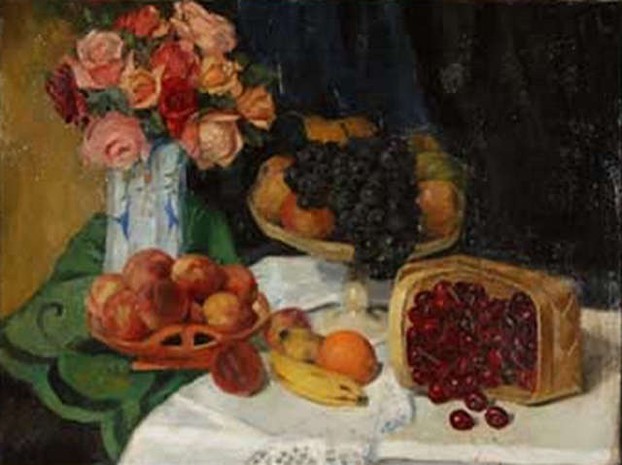
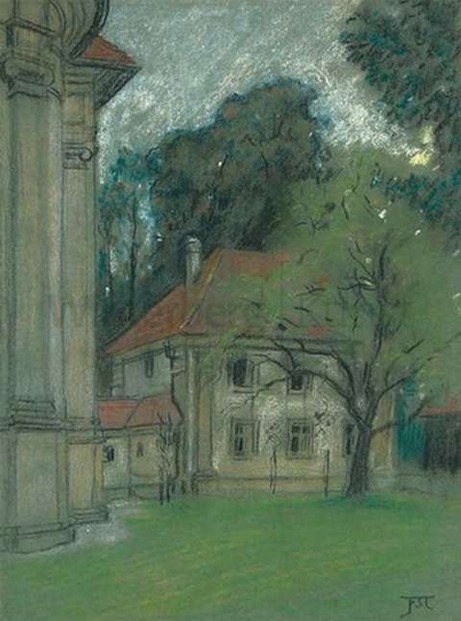
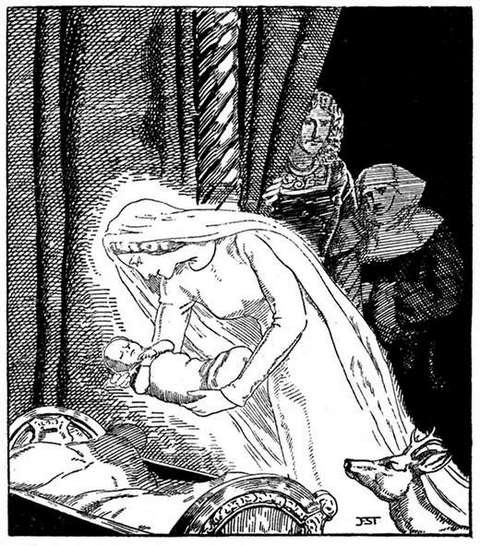
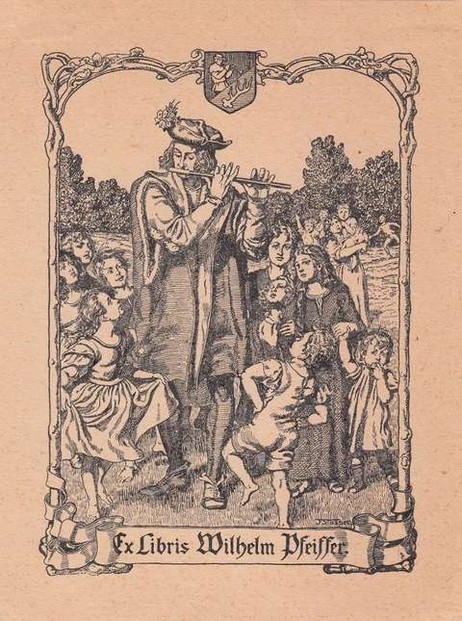
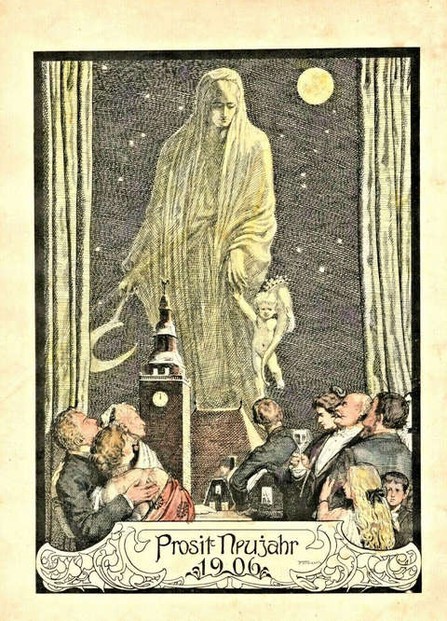
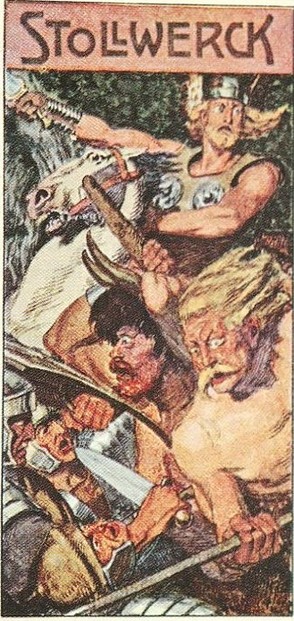

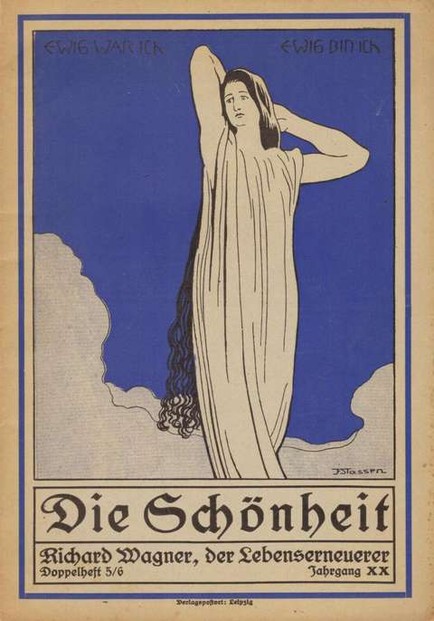
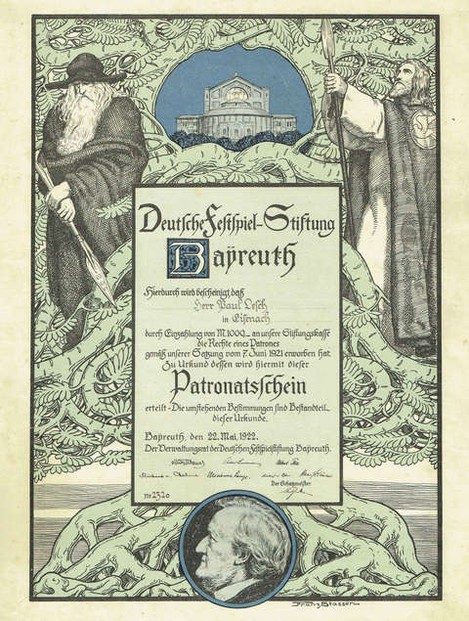
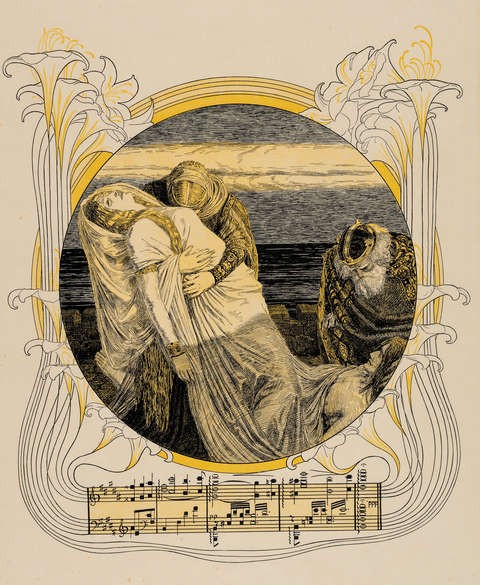
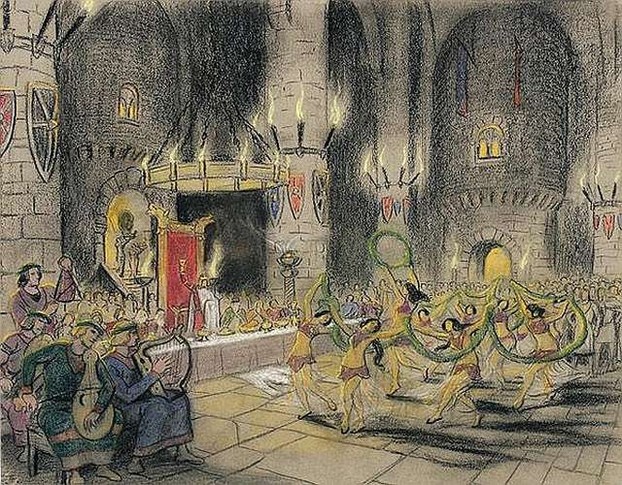
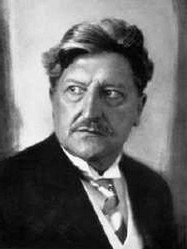

 Vintage Postcard Artists with 10 Examples of Easter Cardson 02/21/2025
Vintage Postcard Artists with 10 Examples of Easter Cardson 02/21/2025
 Valentine's Symbolson 01/23/2025
Valentine's Symbolson 01/23/2025
 Thanksgiving Symbolson 11/12/2024
Thanksgiving Symbolson 11/12/2024
 Famous Witches in Literary Historyon 10/06/2024
Famous Witches in Literary Historyon 10/06/2024

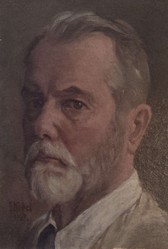
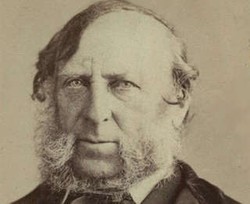
What do you think about Franz Stassen?
Sorry, DerdriuMarriner, I don't know much about Stassen's colors. In his times most of the artists at least partially made their own paints from different pigments.
"It would have been uncomfortable to be an artist in politically strident times, correct?" That would be correct, erdriuMarriner I think it is harder because an artist can't often tell who their supporters are and who the enemies just might be. "Unseen forces and the like''
Thank you!
That's quite interesting about the signature. Genealogy sources list nothing for Franz Stassen's family history. It made me wonder if perhaps he was affecting a Portuguese-Spanish style of signature by using as his initials his first name, his father's last name and his mother's last name.
But nothing anywhere online tells what his parents' names were!
The images respectively between income sources 2 and 3, landscapes and book illustrations, and 3 and 4, book illustrations and ex libris, convey to me the auras that can be expressed by buildings, sentients and trees.
The latter image particularly is making me think of a religious, a spiritual aura around the woman and the child.
Might there be any information as to where this image appeared in the Stassen output?
The third income source, Book illustrations, identifies Stassen as personally friendly with the son of the person whose mythology he advanced artistically.
That source also indicates that Stassen advanced Grimm fairy tales. Might there have been a personal connection between him and Grimm collateral or direct relatives?
The image between Stassen income sources from landscapes and book illustrations keeps getting my attention.
Might there be any indication anywhere as to how Stassen came up with the colors that he did? He must have made his own at least some of the time because of the different, unusual green in the aforementioned landscape.
I don't know how many still life paintings he made. When he became successful probably none. He earned way more by commisions from Bayreuth and by portraits. This still-life was sold, if I remember correctly, for about 300 or 400 hundred Euros.
His signature is composed from F and St.
In my opinion art should always reflect the situations in present but offering the answers which are universal. By default, art should be a critic, no matter what political option is temporarily n power.
The 20th and the 21st centuries are not always accurate about whom they extol.
A question that I have about Franz Stassen is whether or not he jumped or was pushed politically. It would have been uncomfortable to be an artist in politically strident times, correct?